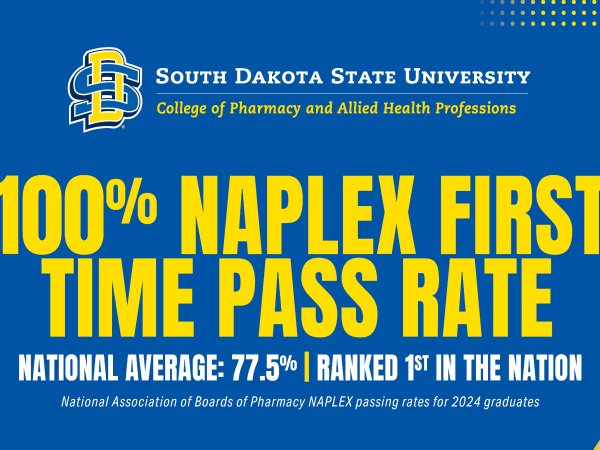BROOKINGS, S.D.- It may be just as intriguing to read this first-of-its-kind newspaper now as it was at the time of its publication more than 160 years ago.
Dakota Tawaxitku Kin, or The Dakota Friend, ran from 1850–1852 and was written in both Santee Dakota and English, making it one of the first-ever Dakota language publications. The South Dakota State University Archives and Special Collections at Hilton M. Briggs Library recently acquired original copies of this historical newspaper, making it a significant addition to the department’s growing American Indian resources. Of the 20 published issues of The Dakota Friend, 18 are part of the SDSU collection.
A sample will be on display during the March 27 welcoming reception for the collection. The event, which starts at 7 p.m. in room 241 of the Briggs Library, includes a talk by Sarah Hernandez, head of American Indian Studies and an assistant professor of English. Hernandez brought the newspaper to the attention of University Archives and Special Collections’ Michele Christian.
The Dakota Mission organization printed the newspaper in St. Paul, Minnesota. Gideon Pond served as its editor. Pond and his brother, Samuel, originally went to Minnesota as missionaries. The Ponds helped produce a written Dakota language alphabet and assembled the first Dakota-English dictionary.
According to the publication’s mission statement, the newspaper aimed to share stories of interest to encourage reading among the Dakota people. It included local news, sports, language lessons and treaty transcripts.
“The Dakota Friend is a rare piece of history that provides a glimpse into the lives, culture and language of regional peoples in the 1850s as perceived by the missionaries,” said Christian, an archivist and special collections librarian.
The Dakota Friend is not held by any other South Dakota library. Other copies are found at institutions such as Harvard, Yale and the Library of Congress. South Dakota State has digitized the newspapers. They are available on the Digital Library of South Dakota (http://explore.digitalsd.org), allowing researchers worldwide to study the rare publications.
“Dakota Tawaxitku Kin/The Dakota Friend marks the first time that the traditional Dakota oral storytelling tradition ever appeared in print,” Hernandez said. “This newspaper allows scholars and students to examine how Christian missionaries colonized Dakota language and literature and also encourages us to consider how those negative stereotypes still impact our knowledge of and interaction with the Dakota nation today.”
The Curtis Twedt Briggs Library Fund and the Gretchen Nelson South Dakota Room Endowment allowed The Dakota Friend collection to be acquired while Mildred K. Hugghins is sponsoring the welcoming reception.



















